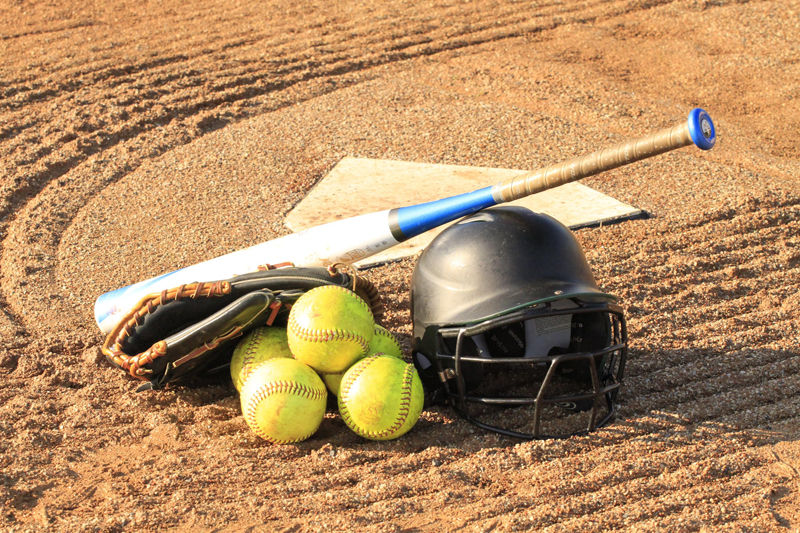The Catcher, the Batter and Softball plays

ASA Rule 7, Section 6, Articles P through S applies:
| The batter is out: P. When hindering the catcher from catching or throwing the ball by stepping out of the batter’s box. Q. When actively hindering the catcher while in the batter’s box. R. When intentionally interfering with a thrown ball, in or out of the batter’s box. S. When interfering with a play at home plate. Effect: P-S: The ball is dead, the batter is out and each runner must return to the last base that, in the umpire’s judgment, was touched at the time of the interference. Exception: If no play is being made and the batter accidentally makes contact with the catcher’s return throw to the pitcher, the ball is dead and any advancement of runner(s) shall be nullified. |
Additionally, Rules Supplement #33 B states that
| Batter’s Interference occurs while the batter is at bat and before the ball is batted. It occurs in fast pitch when the batter interferes with the catcher’s throw on an attempted steal or when the batter interferes with the catcher on a play at the plate. The batter’s box is not a sanctuary for the batter when a play is being made at the plate. |
If the catcher is making a throw down to third to try to throw out a runner stealing from second, I teach our batters to duck or otherwise get out of the way of the throw because "actively hindering the catcher" can be interpreted different ways, and I would rather be safe than sorry.
If there is a play at the plate, the batter (particularly the right-handed batter) should leave the batter’s box and get out of the way of the play. On a wild pitch where the runner on third may attempt to score, we teach our batters to run up the 1st base line about 15 feet, unless the ball kicks that way, in which case they are to back-peddle toward the backstop; either way, they are to stay clear of the catcher, the pitcher and the ball.
For our catchers on a steal to third, I teach them to throw down like the batter is not there, but in reality, they usually step behind or in front of the runner because that is what makes them comfortable. Because of this, on a pick-off play we have them call a pitch and pitch location that allows them to easily step in front of or behind the batter to make a clear throw.
Update: I have modified this article based on the feedback from an emailer who is a College Umpire. Instead of writing this article from the standpoint of a "rules clarification" article, I have changed it to be from the perspective of "this is the technique we teach our players based on our understanding of the rules and conversations with our local umpires".
The original article stated that a batter HAD to duck on a throw down for a steal of third but, at the college level at least, this is not the case. As with any of my articles on ASA rules, if what I write does not jive with what you have seen your local umpires do, check with your umpire -- they are happy to help!
BellaOnline Softball Subject List: Coach´s Box, Health & Medical, History of Softball, International Softball, Organizations, Parents , Professional Softball, Reviews, Rules & Regulations, Scorekeeping, Stats & Analysis, Travel Ball |
This site needs an editor - click to learn more!
You Should Also Read:
Non-Runner Interference in Softball
Batter and Runner Interference in Softball
Should a Catcher call her own Game?
Related Articles
Editor's Picks Articles
Top Ten Articles
Previous Features
Site Map
Content copyright © 2023 by Don McKay. All rights reserved.
This content was written by Don McKay. If you wish to use this content in any manner, you need written permission. Contact
BellaOnline Administration
for details.


